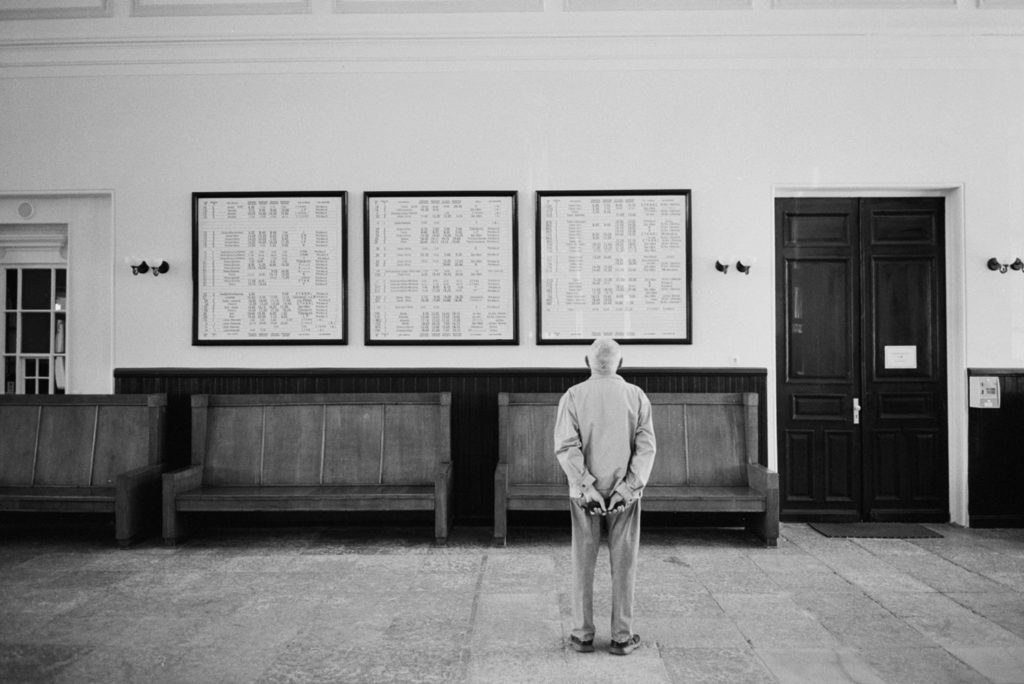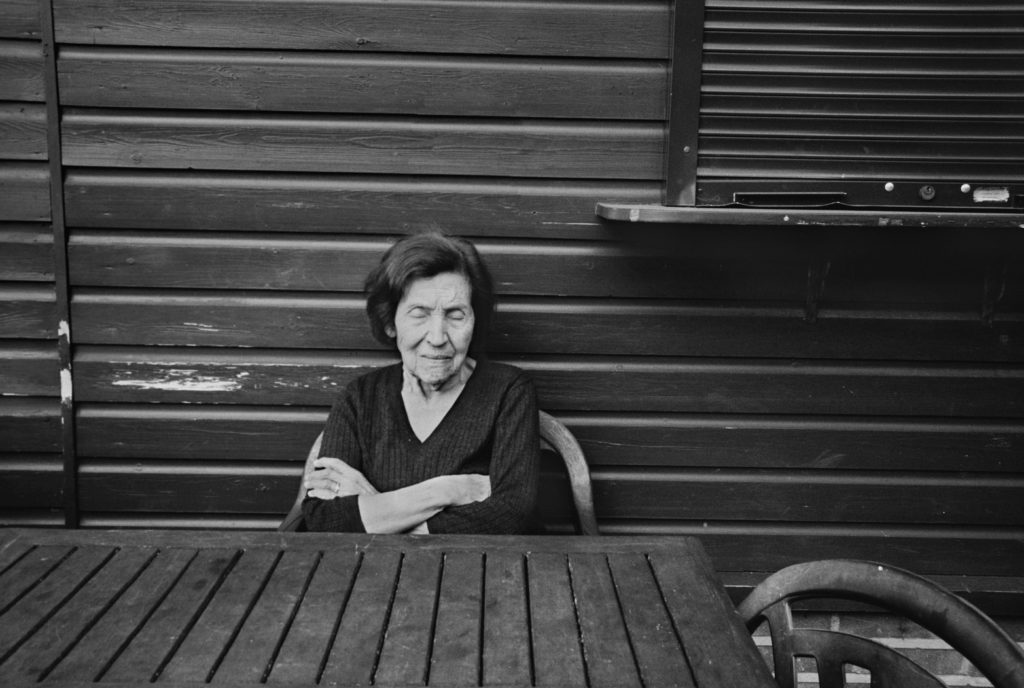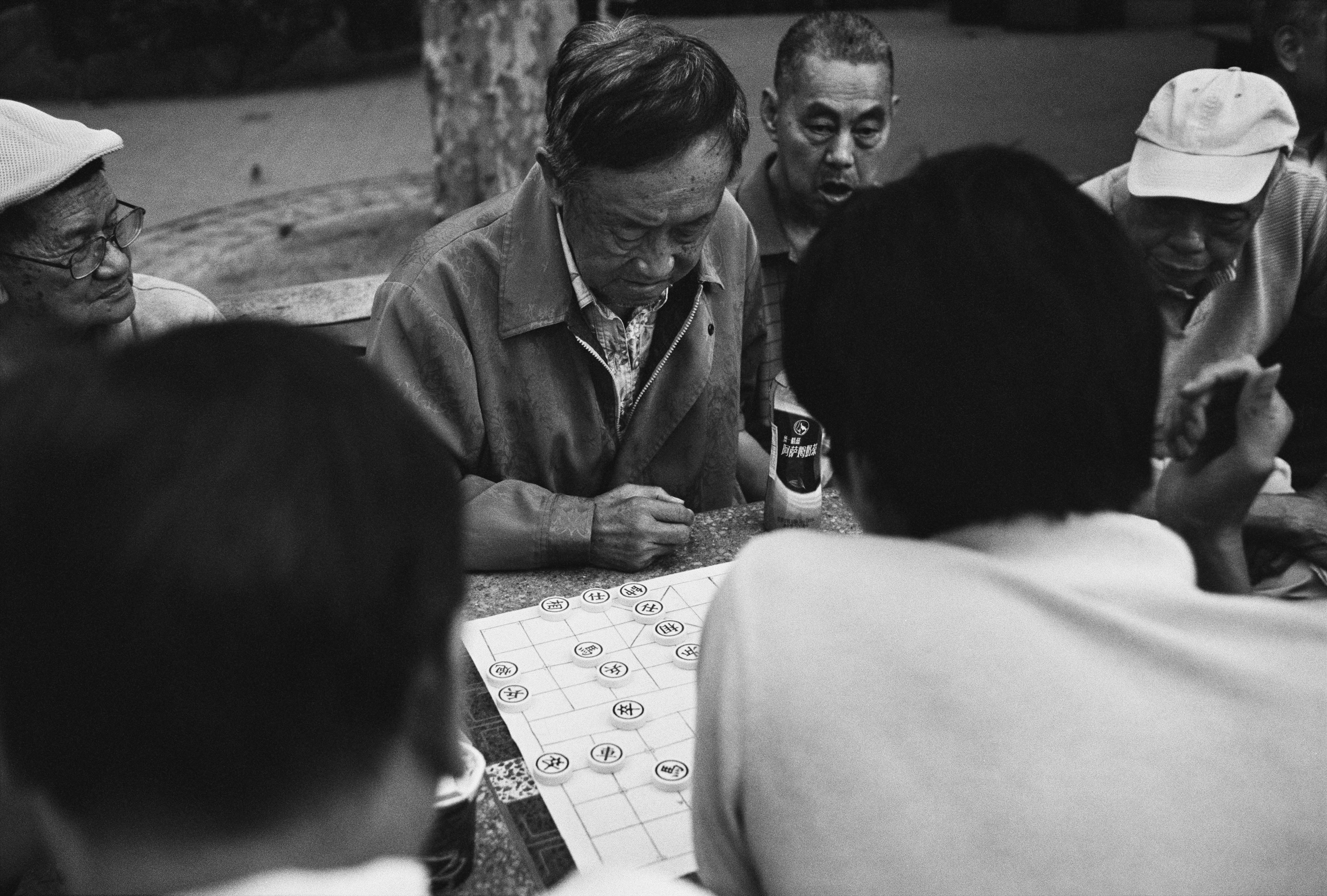America is on the cusp of a senior housing crisis. As the baby-boom generation enters retirement age, caring for our aging population over the next two decades will be a formidable challenge. Building an adequate supply of affordable and accessible housing for the mushrooming number of over-65 middle- and low-income households, and creating the right conditions for these groups to age in place, are two urgent goals. But it’s equally important to understand this crisis as one rooted in vast and longstanding inequalities between race and class. These divisions further impede mobility and make aging an even more precarious process for disenfranchised groups, a new report from Harvard’s Joint Center for Housing Studies finds.
In “Housing America’s Older Adults 2019,” a supplement to the Center’s State of the Nation’s Housing report, inequality runs through socioeconomic margins like a livewire. Among the report’s notable findings is a stark divide between the equity and mobility of homeowners versus renters—a drastic wealth gap made even more extreme by the ongoing impact of the Great Recession—and a clear divergence of both living arrangements and property-related debt of white versus minority households. As homeownership continues to decline, and the number of cost-burdened households continues to grow, it is imperative that agents from the fields of planning, design, policymaking, public health, and citizens themselves work to negotiate a future of equitable housing for older adults, supported in part by the state, with community at its core.
On October 18, a global panel of experts convened at Harvard University Graduate School of Design for Aging in [a] Place, a half-day symposium targeting these concerns through the lens of social justice. The task ahead, they found, is daunting but more urgent than ever. Here, Chris Herbert, managing director of Harvard’s Joint Center for Housing Studies, and Jennifer Molinsky, senior research associate at the Center and one of the researchers behind the report, offer additional insight into what needs to be done.

The wealth gap among retirement-age households is growing. Since 2000, households age 65+ have enjoyed higher income growth than households in their pre-retirement years—but this figure is skewed by class. From 2012 to 2017, the incomes of households age 65 and over in the top 10% were up by 22% (reaching a record high of $204,000 in 2017) while those of households in the bottom 10% were down 4% (just $14,400).
This divide is perpetuated by homeowners versus renters and the different equity they carry. In 2016, the median homeowner age 65+ had a net worth of $319,200. The net worth of the same-age renter was just $6,700. As debt levels are on the rise and the number of cost-burdened households continues to increase, home equity becomes the most crucial, and yet most divided, asset of an aging population. “Home equity can be understood as a form of long-term care insurance that allows you to stay in your home, or find a good retirement community,” says Herbert.
There are serious racial/ethnic disparities in homeownership, and they’re (mostly) growing. The homeownership gap between black and white households age 65+ was at a 30-year high of 19.4 % in 2018; the Hispanic–white gap stood at 18.4 %; and the Asian/other-white gap at 12%. This divide is worsening in the 50 to 64-year-old age group, which was most strongly impacted by the Great Recession, with a homeownership gap of 27% between black–white households and 22% between Hispanic–white households. Asian/other households of this age group are narrowing the gap, however, with a difference of 9% to their white counterparts.

More retirement-age households are moving to lower-density areas. Almost a third of households age 65+ lived in rural/low density areas in 2017, a statistic which comprises 19% of homeowners and 14% of renters of the same age group. Living in a remote area with no access to a car poses a number of problems for both residents and service providers, presenting comparatively few opportunities for socialization and less ready access to an already-limited pool of healthcare resources.
These households are increasingly smaller and aging alone. Seventy percent of the 65+ population lived with a spouse or by themselves in 2017; it is estimated that aging baby boomers will push the number of single-person households age 80+ to over 10 million by 2038. The tendency for older adults to live alone reflects a negative societal attitude toward aging, one that renders it largely invisible. It is also an inefficient use of space, with millions of older single adults occupying property that’s better suited for larger groups. “Living alone doesn’t inherently cause loneliness, but it’s a large part of the story,” says Molinsky. “And it poses major mental and physical health ramifications, which cause considerable financial strain on both personal and state levels.”
Households comprised of older adults are growing more diverse and intergenerational. Asians and Hispanics are more likely to live intergenerationally—with just under 40% of Hispanics age 65–79 living with another generation and 47% of those age 80+—as are families on the lower economic strata. As home ownership continues to decline and as older adult households are poised to grow more diverse (with Hispanics in particular expected to grow from 7% to 12% of the total share of households age 65+ by 2038), we could expect to see more multigenerational living in the next two decades—but there’s no guarantee.
To arrive at an equitable aging process for all, we have to acknowledge which groups have systematically been left out of the equation, and apply a spatial justice lens within the context of aging to develop better-integrated solutions.
“It’s a cultural and financial equation,” explains Herbert. “The cultural factors may dissipate due to assimilation of folks over time into a more American culture and economy, and as these families ascend the economic ladder, they may choose to live independently.”
Co-living rates are currently low, but interest is on the rise. Just 1.8% of adults age 65+ lived with non-relatives in 2017, but there is a new hunger for this relationship, particularly from younger generations with less financial security. Such arrangements are typically made on a local scale with ideas of the sharing economy in mind. Chris Herbert offers a Boston anecdote: “Nesterly is a roommate matching service between millennials and older adults in Boston. Students can exchange running errands like collecting groceries and making dinner for a place to live.”
Such emerging opportunities prove advantageous in more ways than one. “A shared apartment is a multifaceted solution for addressing loneliness and affordability,” says Molinsky. “It builds a stronger community between older adults and across generations.”

Change is possible, but it requires multi-scale, multi-sector collaboration that focuses on equity for all. Until now, designing homes for older adults has largely been a private, profit-dominated enterprise, with developers rolling out boutique assisted-living facilities available to few. The report reveals that it’s not just low-income households that are unable to afford the often staggering costs of aging—middle-income families are also laden with debt from the Great Recession. Furthermore, minority households are shown to be in an especially precarious condition, due to longstanding exclusion from well-paid jobs and homeownership opportunities.
Tackling this crisis head-on requires an empathetic and innovative attitude from the community as much as from the federal government. We need revised zoning regulations that enable more accessible and affordable housing options built in and around communities where aging adults currently live. We need more subsidized housing, and more proactive programs and policies like accessory dwelling units permitted nationwide, so older adults can age in place in their current homes. We also need more out-of-house wellness services like Vermont’s Support and Services at Home program, and we need to legalize and promote house-sharing models, to enable unrelated individuals to live together. “We must engage the business side of things by encouraging developers to see these initiatives as new financial opportunities, on nascent markets,” suggests Herbert.
Most crucially, we need a change of mind. Instead of ostracizing older adults to the fringes of society, the United States must embrace its aging population. The public must lend support to these programs, allow more development in low-density suburban areas, and recognize that older adults are a positive presence in the community. To arrive at an equitable aging process for all, we have to acknowledge which groups have systematically been left out of the equation, and apply a spatial justice lens within the context of aging to develop better-integrated solutions. In the words of Jennifer Molinsky: “Old age brings its own disadvantages, but when you’re carrying a lifetime of disadvantages, how does that work out?”
The photographs above are from the series “Lonely Together,” by Zoltan Tombor.
